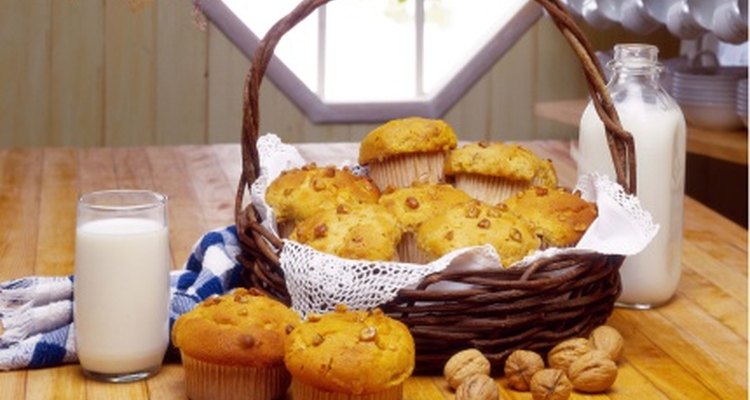
Powdered milk is a convenient and affordable alternative when fresh milk is not available. First developed by a Russian chemist in 1832, demand for powdered milk rose dramatically during the supply disruptions of World War II and it has been a staple in many homes ever since. Powdered milk can be mixed to replace fresh milk in recipes or for drinking.
Mixing Powdered Milk
To produce a cup of milk, mix 1/3 cup of powdered milk with 8 ounces of water, according to SACO Foods, producer of dried milk products. Products may vary, so it is advisable to follow the manufacturer’s label if available.
Powdered Milk Uses
Powdered milk is a handy way to include dairy in your diet when fresh milk is unavailable. It is also portable; for example, backpackers use powdered milk in recipes on the trail. In addition, many bread-making machine recipes specify using powdered milk to prevent spoilage when the delayed mixing function is used.
Dried Milk in Recipes
Powdered milk is an acceptable substitute for fresh milk in recipes. Simply mix according to package instructions, and use in place of the fresh milk. Some recipes use powdered milk to add a creamy richness not achievable using liquid milk, in a macaroni and cheese dish, for example.
Buying and Storing Dry Milk
Powdered milk is available at most supermarkets. Varieties include, non-fat, low-fat, whole and buttermilk. Often the price per gallon is less than regular milk. Since no refrigeration is required, it can simply be store in a cool dry location for up to two years from the date of packaging -- an important benefit in remote areas with supply challenges.
Related Articles

How to Substitute Dry Milk for ...

How to Use Powdered Milk for Baking

How to Make Milk Powder Non-Instant
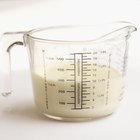
Can I Use Regular Milk Instead of ...
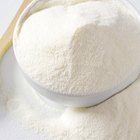
Differences Between Instant & ...
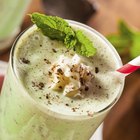
How to Make Green Tea Frappuccino

How to Wash a Face With Powdered Milk

How to Substitute With Dry Milk

Can I Substitute Dry Milk Powder for ...
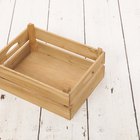
How to Purchase Milk Crates
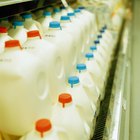
Can I Dilute Whipping Cream to Sub Milk?
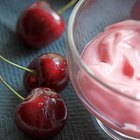
Instructions for the Euro Cuisine ...
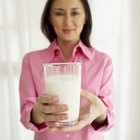
Can You Drink Milk That Expires the ...

The Disadvantages of Saccharin
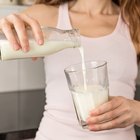
How to Scald Milk for Cooking
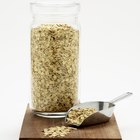
Homemade Oatmeal Facial Cleansers
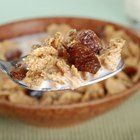
Calories in a Bowl of Raisin Bran Cereal

Milk of Magnesia Treatment for Acne
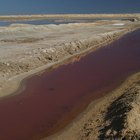
How to Substitute for Powdered Egg ...
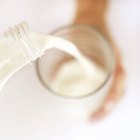
How to Add Oil to Dry Powdered Milk to ...
References
Resources
Writer Bio
A writer for over 20 years, Erika Wiggins is an avid hiker, pilot, backpacker, caver and emergency medical technician. She spent seven years in commercial real-estate brokerage and earned a Bachelor of Science from Embry-Riddle Aeronautical University.
Photo Credits
Jupiterimages/Comstock/Getty Images